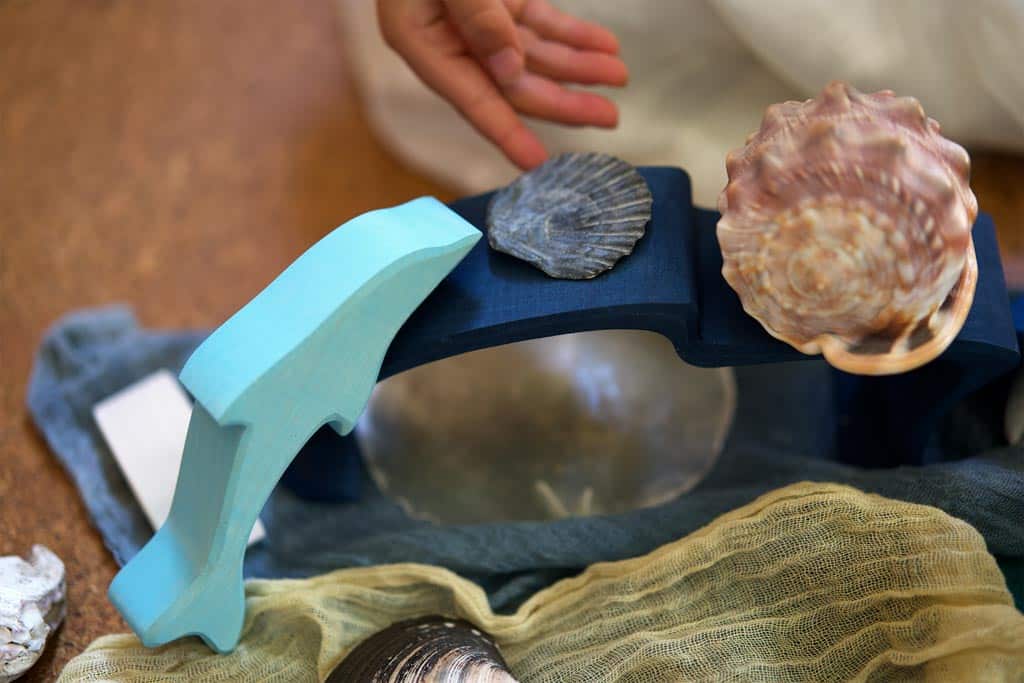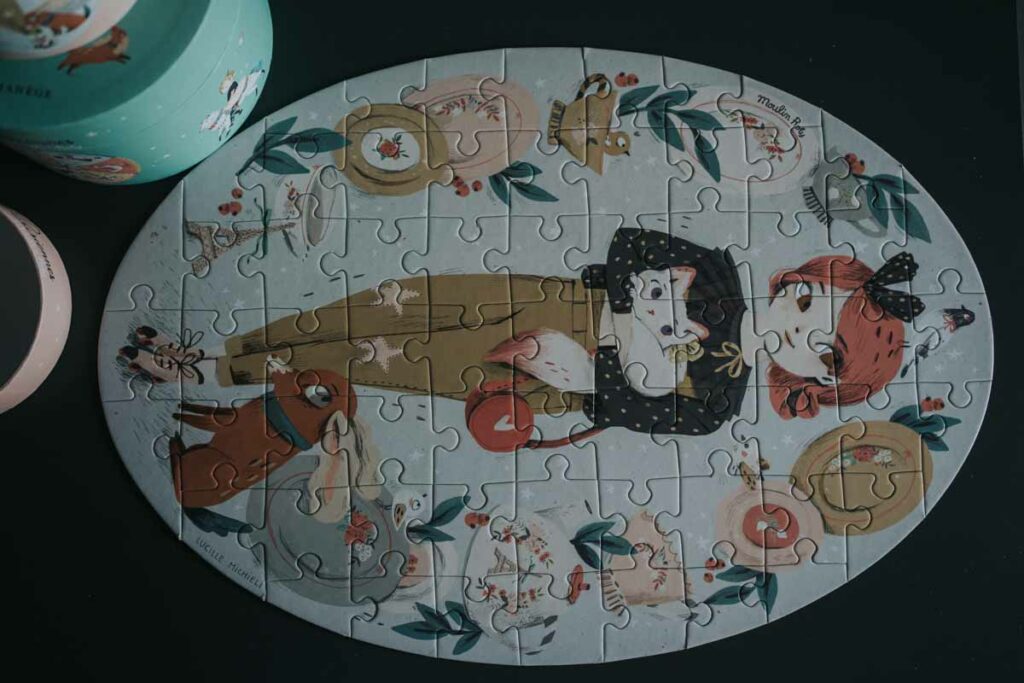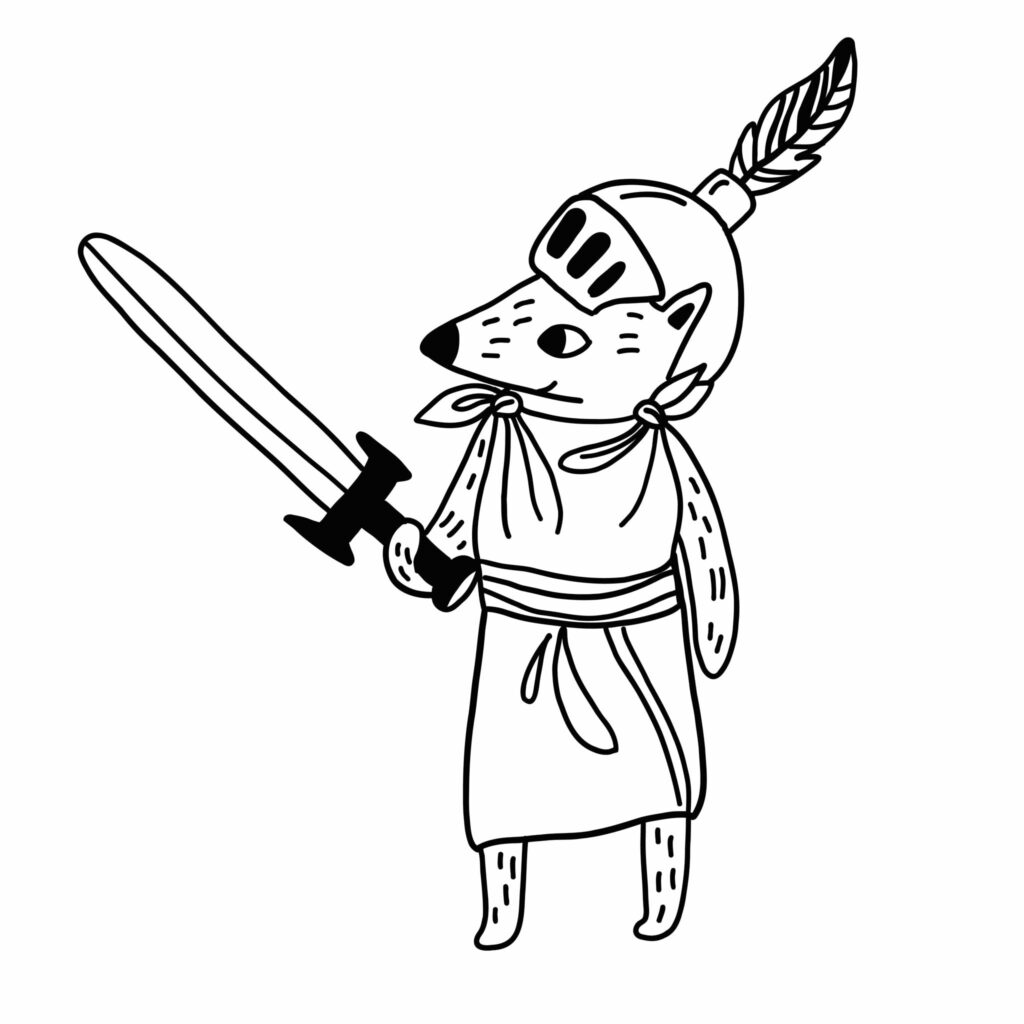Constructive play is the second of four types of play outlined by Sara Smilansky, a developmental psychologist who studied how play develops in young children. The rest of the series is here:
What is constructive play?
Constructive play is not just construction play – blocks and Lego – but any kind of play where materials are combined to create something new. So it includes both painting and sand play, for example.
If you play with a block by stacking or posting it, that’s functional play. If you combine it with others to make a building, then it’s constructive.
Constructive play usually uses open-ended materials and is goal-orientated. The child begins with the end in mind. There’s a focus on producing something, on solving a problem. In its highest form, it transcends play. It is crosses the boundary into real work and for that reason this type of play is sometimes called an occupation. If your preschooler spends ten minutes working out how to fit the bottom back on to the drainpipe, is that work or play? As adults, we do this kind of thing all the time but we’d never think we were playing but that’s exactly what it is.
Why is it important?
Quite simply, it’s one of the best ways to learn. When you work something out for yourself the learning is much more likely to stick.
Children problem-solve as they create. They encounter difficulties and realise that their existing mental model (schema) is incomplete. They have to take on new information in order to complete the task. This is called accommodation.
For example, you decide to build an arch. You know how to build a basic structure like those found at Stonehenge: two uprights and a lintel across the top. But this time the span you want to create is too wide; your lintel is too short. What to do?
You try using two blocks instead of one but there’s nothing to support them in the middle so they collapse. You try arranging the rectangular blocks in a curved arch but that fails too. The blocks are the wrong shape. Suddenly, you remember seeing a Roman arch on a local building. Those blocks were wedge shaped, just like the pieces in the Grimm’s Romanesque set lying over there in the corner of the room! Maybe that would work?
You still haven’t built the perfect arch. There’s a lot more trial and error to go. But your schema for how to build arches has accommodated new information. From now on you’ll build all your arches this way – until one day you notice that Roman arches have a keystone and the process of accommodation begins all over again.

How do I encourage more constructive play?
If you stick to readily-accessible open-ended toys you can’t go wrong. The trick is to offer a variety of challenges. Try some of the following:
- hacksaw, hammer, nails and timber (under supervision and with strict regard to safety)
- play dough
- sand
- sticks and string
- paper, glue and other collage materials
- needle, thread and binca or aida (for needlework)
You can help to cement the learning by having a debrief after the play session. What did you make? Why did you choose those materials? Did it work out how you were hoping? If you could do it again, what would you do differently?
Constructive play comes naturally, like all the other types of play in this series. But – like schema play – it’s better if you notice it happening. You can be on hand to give a gentle nudge if your child gets stuck, or to extend the play if you sense they’re up for a challenge.




